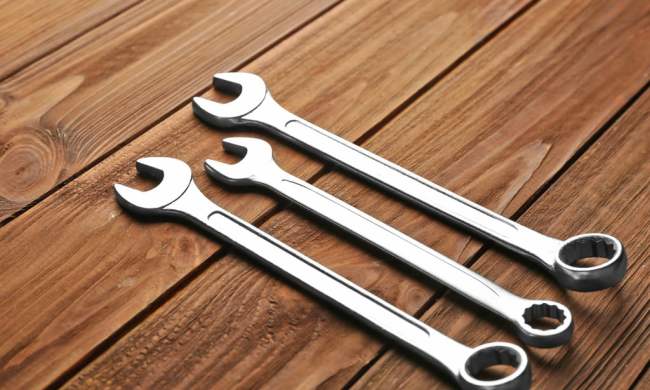It’s no secret that it’s hard to run a successful business in the restaurant industry. From new competition popping up on every corner to higher food prices, it can be difficult for restaurants to stay afloat financially. That’s especially true now when, as Fortune Magazine reported, “more than 110,000 eating and drinking establishments closed in 2020.”
The good thing is that if you’re still in business, there are many ways for saving money in your restaurant. From cutting back on expensive ingredients that don’t make a difference in the taste of your food, like butter and sugar, to managing staff hours, so they are not overworked – the following five tips will help your bottom line grow!

How to save money in your restaurant
Calculate your food costs
It can be time-consuming to calculate food costs at a restaurant. However, staying within your budget and understanding your finances will help you save money and time in the long term. When calculating the food cost percentage, you should consider your inventory, cost of goods sold (COGS), as well as food cost percentage. These factors will help you stick to your budget. You should also track your profit and loss statement.
Remember that money spent on ingredients minus discounts, rebates, or volume savings from a supplier will equal your food cost percentage. This information helps you decide what items are profitable for your restaurant and which ones you should eliminate to increase profits. You may also want to calculate this number for individual portions instead if those are easier for you to track at first, as well as going back periodically through previous months or quarters so that fluctuations do not go unnoticed.
Be consistent when calculating your inventory
It’s considered a best practice to track your inventory at the same time each day. The best times are usually at the beginning and end of each day. This will ensure that you’re consistent with numbers when calculating food cost percentages and inventory.
Also, keep in mind that with a consistent inventory management process, you can more accurately estimate how much product you’ll need to order to meet customer demand and maintain an adequate supply of food for your restaurant. This is especially important when ordering bulk items such as produce or fresh meat because if those quantities are inconsistent with what was ordered previously, then there might not be enough food available at any given time.
In addition, ensuring that all products throughout the entire system have been accounted for helps reduce waste by knowing which foods need to be cooked before they spoil or expire.
Work with your food suppliers
This can be one of the quickest, most direct ways to save money. If you’re paying more for supplies than your competitors are, it won’t be easy to turn a profit. The suppliers that work with restaurants need your business, and they might be willing to cut prices in order to make sure that they have enough customers on their rolls.
Shop around to see what other suppliers have to offer you. If you are able to establish a good working relationship with your supplier, ask them for a price match or a discount. You should be able to negotiate. There’s never any harm in asking.
Join a group purchasing organization
A group purchasing organization is a company that negotiates with suppliers and prices for the members of their cooperative. You might not think this would benefit your restaurant, but if there are only one or two restaurants in your area, you should consider joining.
To get the highest quality products at the lowest prices, group purchasing organizations combine the resources of small restaurants to create a pool. If they happen to have better rates from vendors than what you’re currently paying now, you’ll save on all of your needed supplies.
Manage your food orders
It’s essential to make sure you’re ordering the right amount of food for your restaurant. This prevents wasting money on unnecessary surplus or running out of an item before closing time if more people show up than expected!
Here are some ways to save much-needed cash while still making high-quality food.
- Offer a limited menu. You can reduce the number of ingredients that you use in your kitchen by limiting your menu. This will help you decrease food waste and food costs. It’s also a great way to adapt your menu for takeout.
- Spend extra time prepping the chickens. A whole chicken can be much less costly than buying it already deboned, skinned, and portioned.
- Track food prices and how they affect your shopping list. A drought in California, for example, would impact avocado harvests, so it wouldn’t make sense to add guacamole to your menu.
Closing time
Remember that you should calculate your food costs, manage inventory by being consistent with how you calculate it, and work with suppliers to get great deals on food. Joining a group purchasing organization will also help take the burden off of your shoulders. Finally, one last tip to try is to simply close down early or not open up at all on days when you know your restaurant isn’t going to be busy.
Although we hope the tips we’ve given above can help you run a money-saving restaurant, the truth is that we barely started. There are lots of different ways in which you can save money, and you should definitely keep exploring your options.



